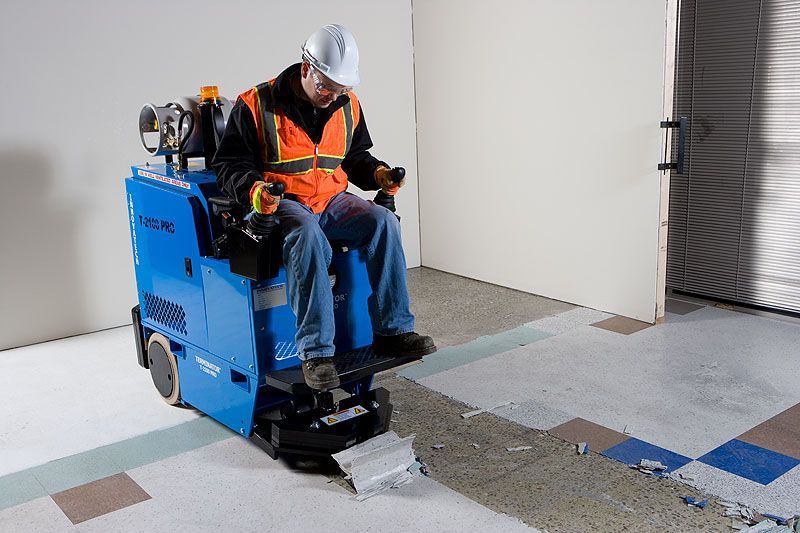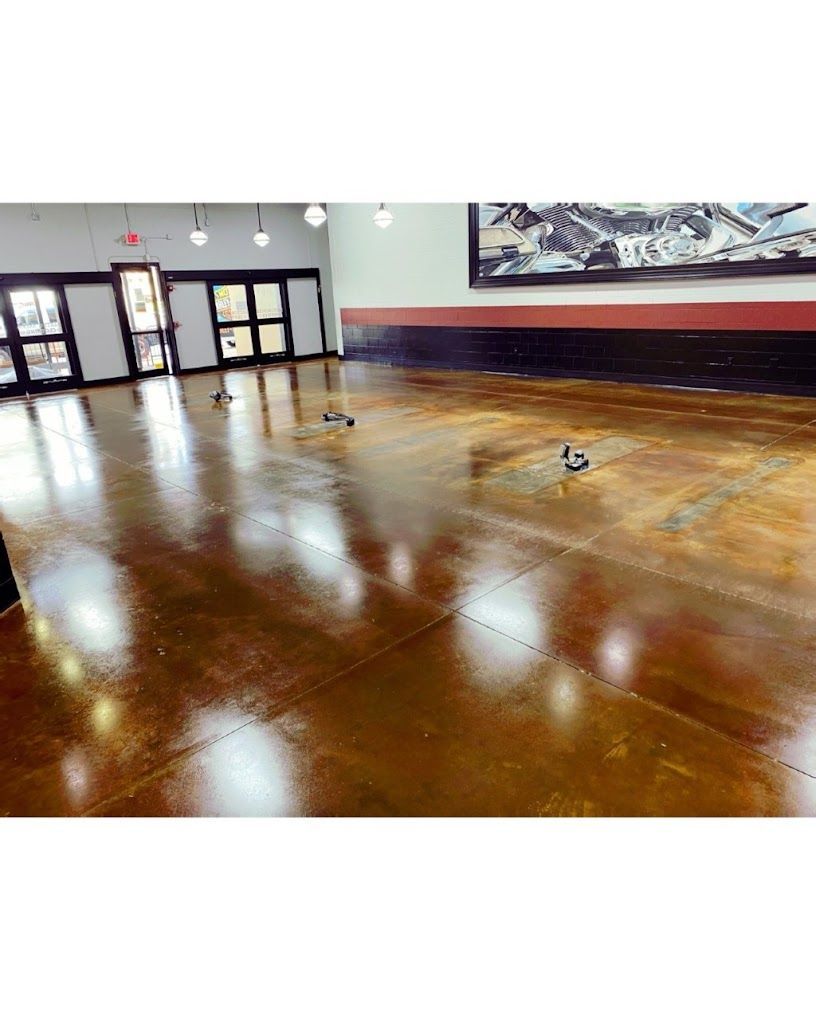Understanding Flooring Joints & Their Role
How Do Flooring Joints and How They Effect Flooring
When it comes to flooring, there's much more to consider than just the surface material. One crucial but often overlooked aspect is flooring joints. These are intentional gaps or spaces left between sections of flooring, and they play a vital role in the overall stability, functionality, and aesthetics of the flooring installation. Let's dive into the world of flooring joints and uncover their importance in creating long-lasting, visually appealing, and structurally sound floors.
The Purpose of Flooring Joints:
Flooring joints serve several critical purposes, making them an integral part of any flooring project, whether it's in a residential, commercial, or industrial setting:
Expansion and Contraction: One of the primary functions of flooring joints is to accommodate the natural expansion and contraction of building materials due to temperature and humidity changes. Without proper allowances for these movements, floors can buckle, crack, or become uneven, leading to costly repairs.
Structural Integrity:
Flooring joints help distribute loads and stress more evenly across the floor, enhancing the overall structural integrity of the installation. This is particularly important in areas with heavy foot traffic or where heavy equipment is used.
Moisture Control: Joints can prevent moisture from getting trapped beneath the flooring, reducing the risk of mold growth, warping, and other moisture-related issues. They also allow for better drainage in spaces where liquids may be present.
Aesthetic Appeal: While functional, flooring joints can also contribute to the aesthetics of the space. Properly designed and placed joints can enhance the overall look of the flooring, creating a seamless and visually appealing finish.
Types of Flooring Joints:
Several types of flooring joints are used in different situations to achieve the desired outcomes:
Control Joints:
These are intentional gaps created in the concrete or other rigid flooring materials. Control joints control where cracks may occur, directing them to the joint lines, and helping prevent unsightly random cracking. They are often used in concrete and provide a neat, planned appearance.
Expansion Joints: Expansion joints are designed to allow for larger movements in the floor due to temperature and humidity changes. They are particularly important in larger spaces where the potential for expansion is greater. Without these joints, the flooring may buckle or develop unsightly gaps.
Isolation Joints: Isolation joints are used to separate different sections of the flooring, preventing the transfer of movement and stress from one section to another. They are often used in large areas where independent movement of sections is needed.
Decorative Joints: In some cases, joints are incorporated into the design of the flooring for aesthetic purposes. These joints can create patterns or break up large areas of flooring, adding visual interest to the space.
Proper Design and Placement:
The design and placement of flooring joints are crucial to their effectiveness. Factors such as the type of flooring material, the size of the space, the expected loads, and environmental conditions must all be considered. Working with experienced flooring professionals ensures that the joints are designed and placed correctly, optimizing both functionality and aesthetics.
Maintaining Flooring Joints: While flooring joints are essential for the long-term stability of your floors, they require regular maintenance to ensure their effectiveness. Inspect the joints periodically for any signs of wear, shifting, or damage. Promptly addressing any issues can prevent more extensive problems down the line.
The Role of Professionals: Understanding the role of flooring joints and their proper design and placement is essential for any flooring project. Professionals experienced in flooring installation, such as Polished Concrete Floors LLC, have the expertise to create floors that not only look great but also stand the test of time. Whether you're considering polished concrete, decorative overlays, epoxy coatings, or other flooring options, a skilled flooring team will ensure that the joints are an integral part of a successful installation.
In summary, flooring joints are not just gaps in the floor; they are critical components that contribute to stability, functionality, and aesthetics. Properly designed and placed joints accommodate movements, enhance structural integrity, control moisture, and create beautiful flooring installations.
To ensure the success of your flooring project, partner with professionals who understand the importance of flooring joints and can create floors that meet your functional and aesthetic goals. With the right approach to flooring joints, you'll enjoy floors that not only look stunning but also last for years to come.


